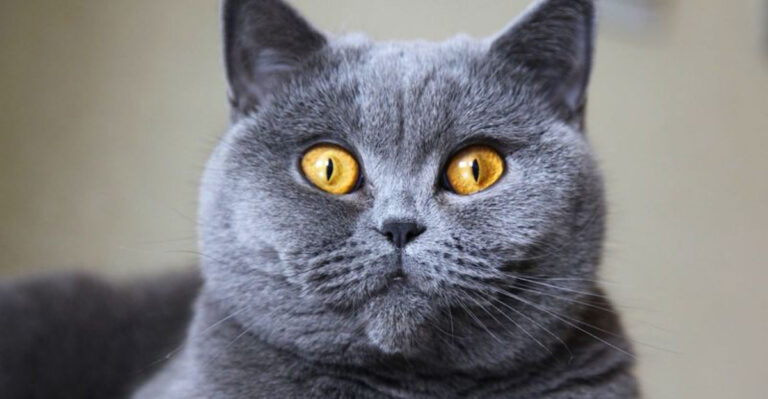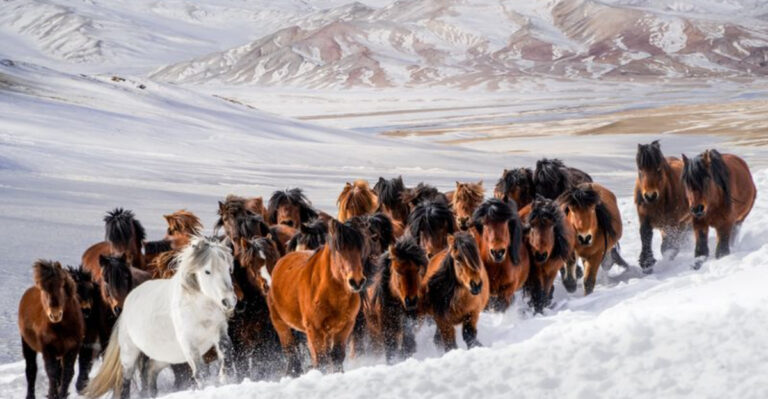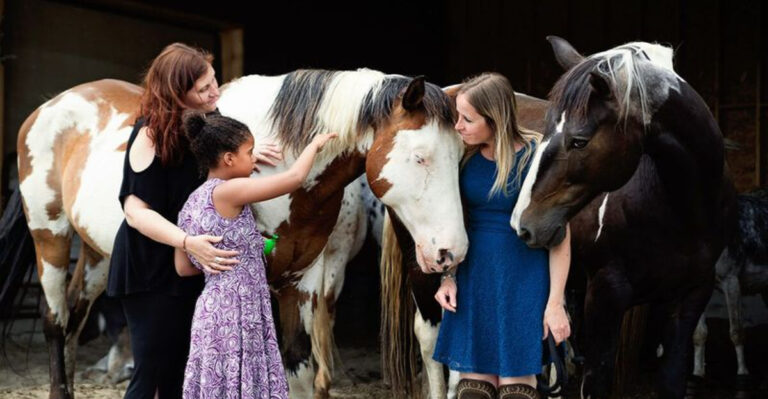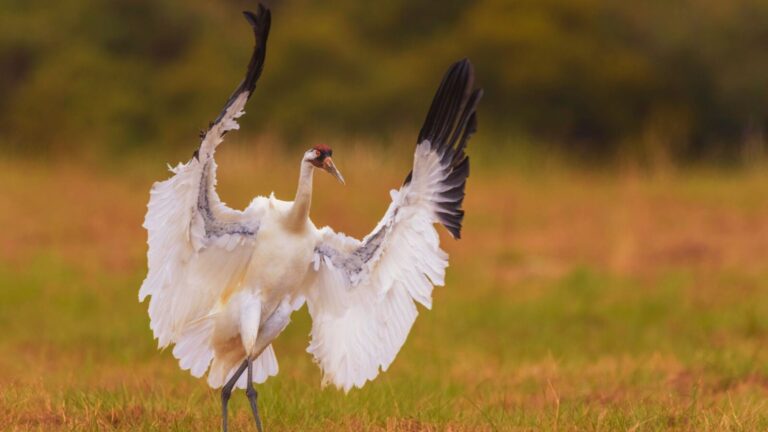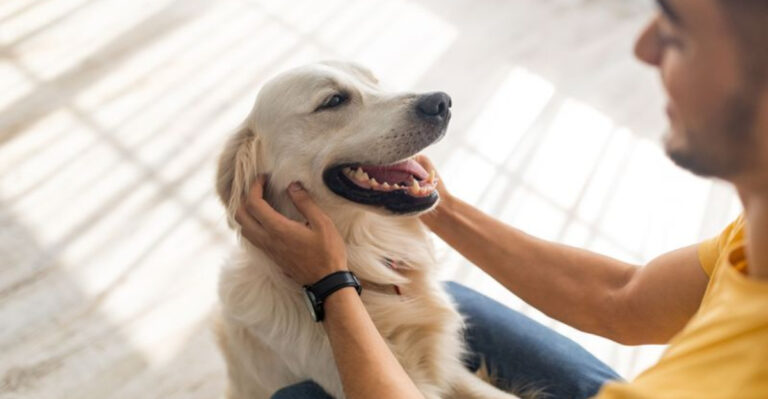Birds That Carry Their Babies In The Most Unexpected Ways
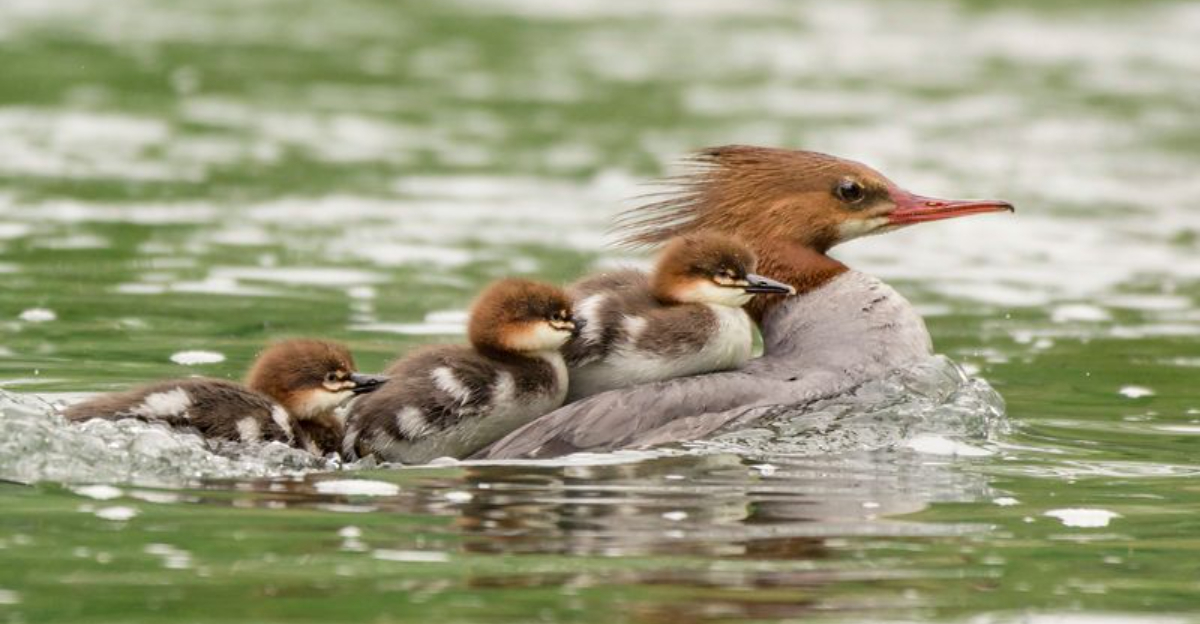
Birds are some of nature’s most devoted parents, often coming up with ingenious methods to safeguard their offspring.
From carrying them in feathers to offering them the safest rides, these winged wonders never fail to amaze us. In this article, we explore some of the most unexpected ways birds transport their chicks, revealing a world of avian creativity and dedication.
Each bird on this list has its own unique style, providing a glimpse into the diverse strategies employed by birds around the globe. Buckle in for a fascinating journey through avian parenting!
1. Jacana
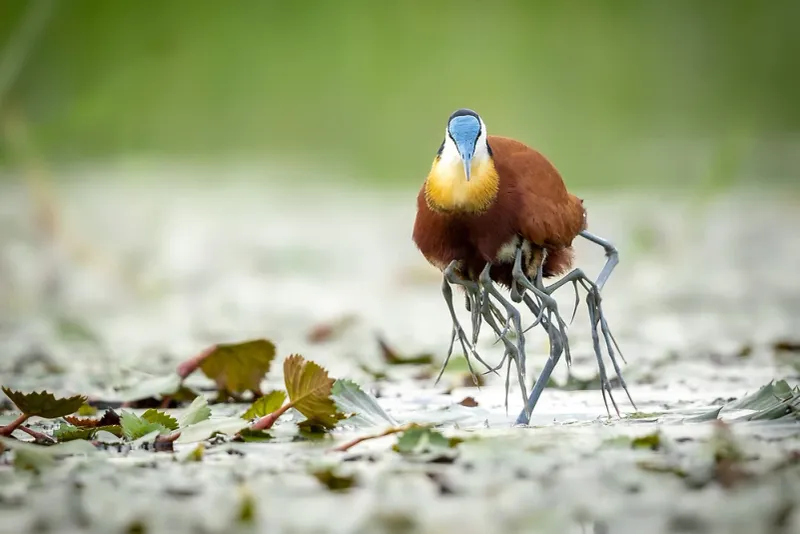
If you’ve ever seen a Jacana strut across lily pads, you’d know they’re not like other birds. Nicknamed the “Jesus bird” for their ability to walk on water – or at least, appear to.
The truth is, they’re balancing on lily pads with oversized feet. But the real magic happens under their wings.
Jacanas carry their babies tucked snugly under their armpits. As they glide across the water, chicks stay hidden from predators.
Isn’t that clever? Who would’ve thought such a showy bird would have such a secretive parenting style? Nature truly never ceases to surprise!
2. Hornbill

Hornbills are the masters of avian security systems. When nesting, the female seals herself inside a tree cavity, leaving a small slit. The male then feeds her and the chick through this tiny window.
This method is not just about security; it’s a clever way to keep predators at bay. Unlike other birds, hornbills create a fortress in the trees.
When the chick is ready, they break the seal and emerge together. Talk about innovative home security! Who needs locks and keys when you have a natural vault? Hornbills sure know how to keep things safe!
3. Red-Breasted Merganser
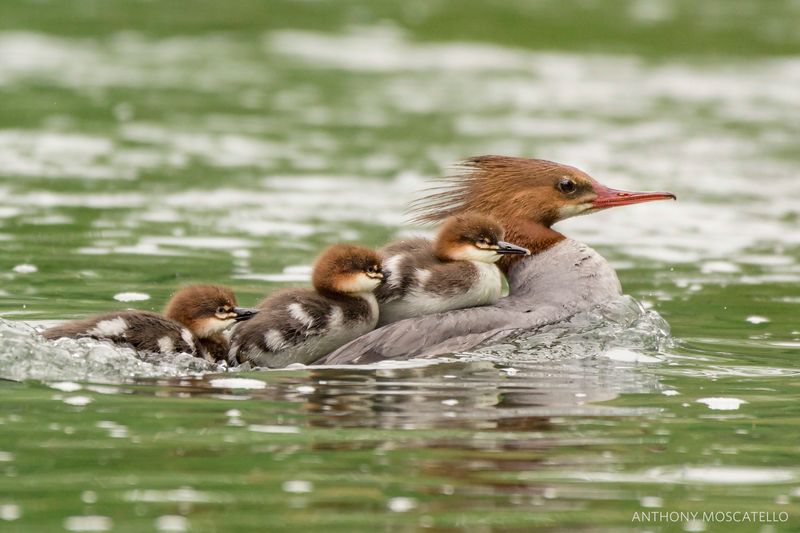
Have you seen ducklings hitching a ride on their mom’s back? It’s a common sight with Red-Breasted Mergansers.
These aquatic birds are built for speed, cruising through water like Olympic swimmers. Their streamlined bodies make them excellent divers, but also fantastic taxi services for their young.
By giving their ducklings a lift, mergansers ensure they are safe from underwater threats and exhausting paddles. It’s a win-win for both mom and babies!
Who knew water taxis existed in the avian world? Isn’t this just the cutest form of public transport you’ve ever heard of?
4. Common Eider
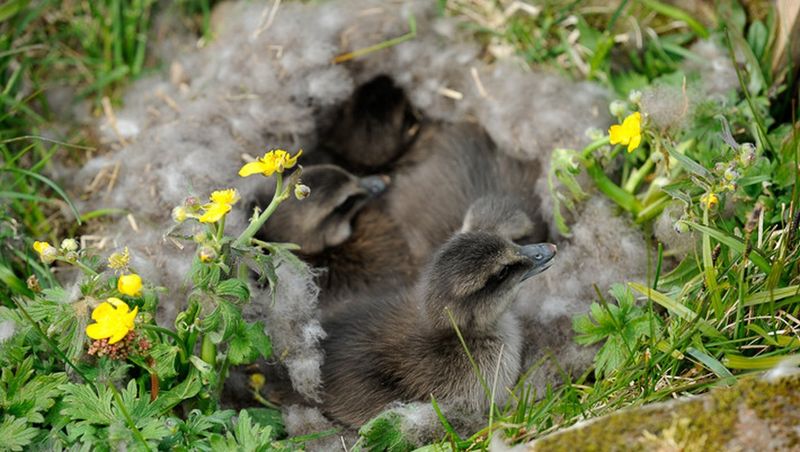
Imagine wearing a down jacket that also cuddles your kids. That’s the life of the Common Eider. These sea ducks are famous for their incredibly soft feathers, which humans have long used for insulation.
But it’s how they use these feathers that’s truly remarkable. Eider mothers pluck their own down to line their nests, creating a snug, warm cradle for their babies.
After hatching, the ducklings continue to snuggle into mom’s feathers for warmth and security. Isn’t that the coziest blanket you’ve ever heard of? These birds redefine the meaning of ‘comfort zone.’
5. Ostrich

Ostriches, the world’s largest birds, are known for their speed and strength. But did you know they’re also stellar parents?
With wings outstretched, they create a protective barrier for their chicks, shielding them from the harsh sun and predators.
Despite their size, ostrich chicks are vulnerable, relying on their parents’ watchful eyes and swift legs. The savanna can be a tough place, but with an ostrich family, it’s all about teamwork.
Who knew these giants had such gentle hearts? It’s a big world, but there’s always room under an ostrich’s wing!
6. Black-Necked Stilt
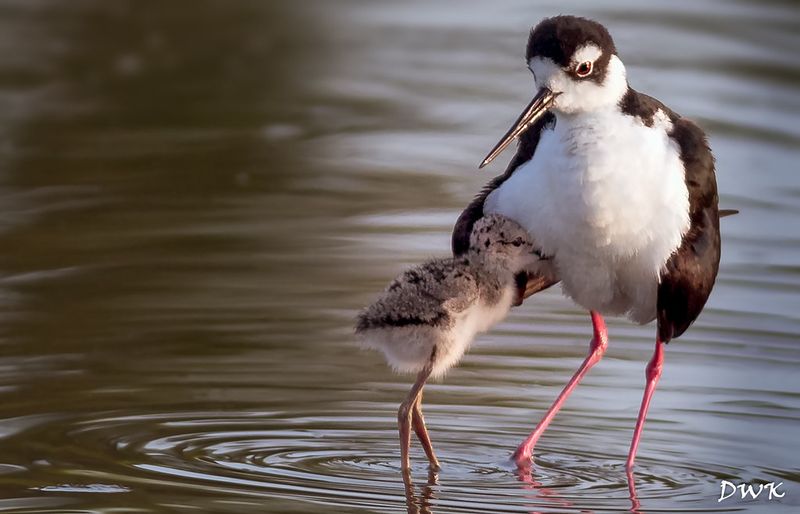
When it comes to stilt walking, the Black-Necked Stilt is a pro. With legs longer than many other waders, these birds elegantly stride through wetlands.
Their unique parenting technique involves keeping their chicks close, nestled between those spindly legs. It’s not just about keeping them dry – it’s a way to protect their young from predators.
It’s like having a private bodyguard on stilts! Who’d have guessed such a delicate-looking bird could be so tough? The Black-Necked Stilt shows us that sometimes, the best protection comes in elegant packages.
7. Tricolored Heron
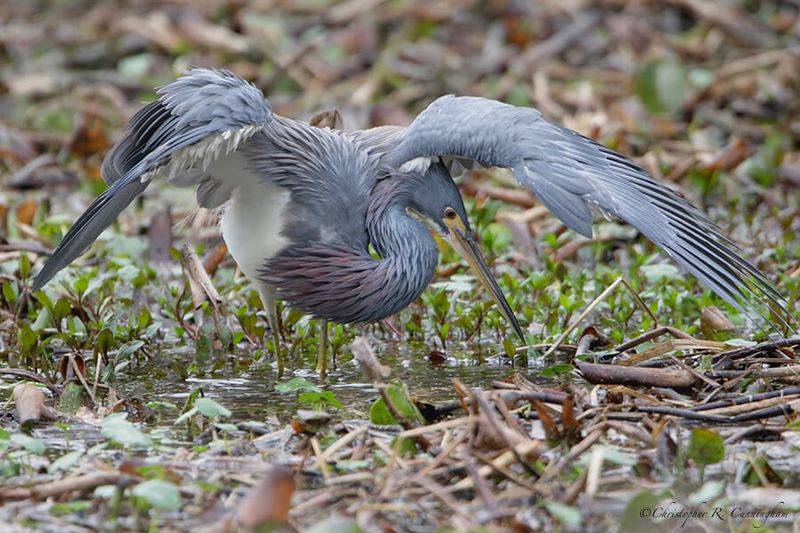
With a flair for drama, the Tricolored Heron knows how to make an entrance. These birds are often seen stretching their wings wide – not just for show, but to shade their young.
In the heat of the marsh, these herons create a cool canopy for their chicks. It’s a clever way to keep them from overheating.
A built-in sun umbrella, who knew? It’s like having your own bit of portable shade. The Tricolored Heron proves that parenting can be stylish and practical all at once!
8. Great Crested Grebe
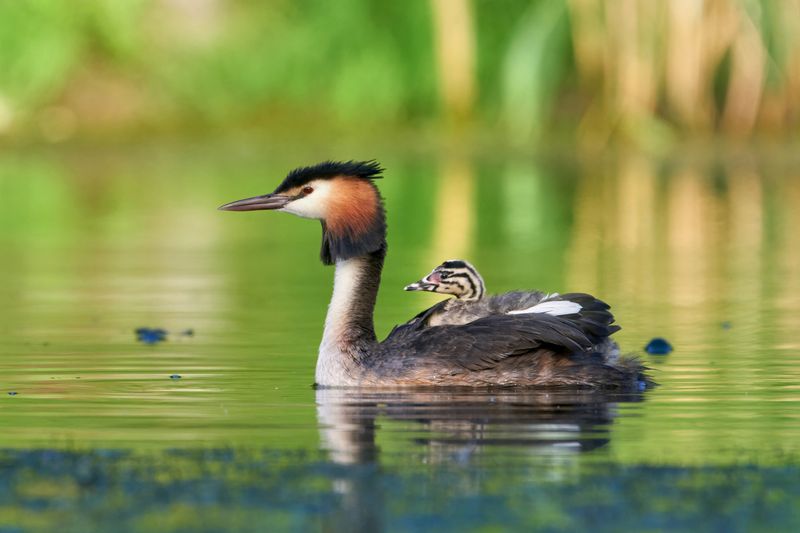
Ever seen a floating family? The Great Crested Grebe takes its young on aquatic journeys by carrying them on its back. These elegant birds glide through lakes with ease, offering their chicks a safe passage.
It’s like a family cruise on water. The chicks stay dry and protected from predators, nestled comfortably between the parent’s wings.
Isn’t that a unique way to travel? The Great Crested Grebe shows that sometimes, the best adventures are shared side by side, or in this case, on back!
9. Emperor Penguin
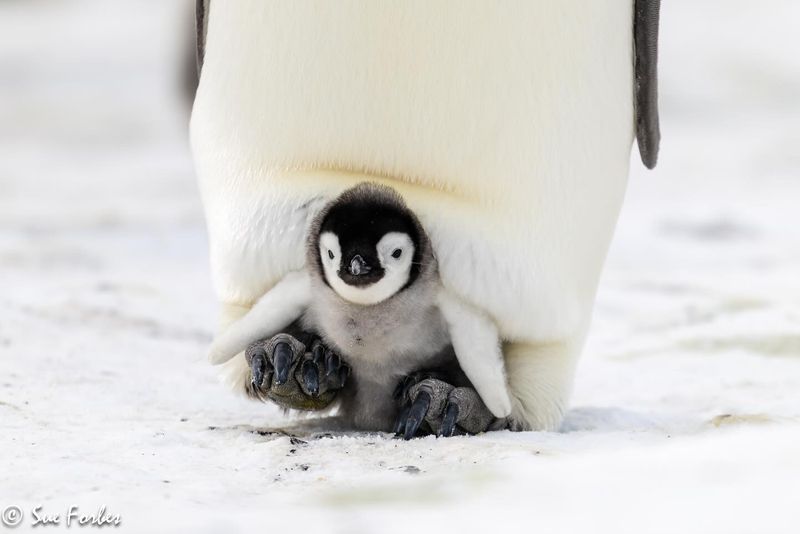
In the icy realms of Antarctica, Emperor Penguins display unparalleled parental dedication. As the cold winds howl, males incubate their eggs on their feet, covered by a brood pouch. This keeps the egg warm and secure until it hatches.
But it doesn’t end there. Once the chicks emerge, they continue to ride atop their parents’ feet, shielded from the frigid ice. It’s a touching sight of perseverance and care.
Who knew such a frosty environment could host such warmth? Emperor Penguins remind us that love can thrive even in the harshest conditions.
10. Southern Cassowary
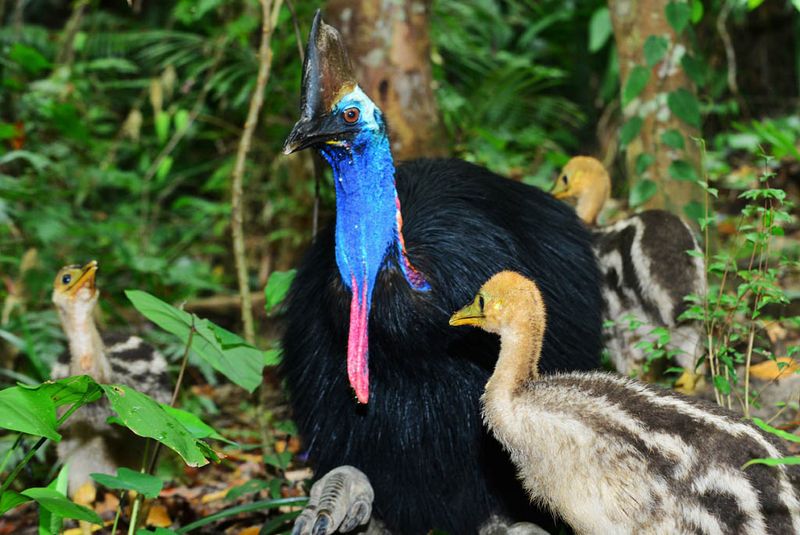
Meet the Southern Cassowary – a bird with a helmet and a heart!
Found in rainforests, these birds are known for their striking appearance and nurturing nature. The male takes charge of incubating the eggs and caring for the chicks.
Once hatched, the young follow dad through the jungle, learning the ropes of survival. His vibrant blue skin and formidable casque make him look intimidating, but he’s a gentle giant at heart.
Who would guess such a fierce-looking creature would be all about family? The Southern Cassowary is proof that looks can be deceiving.
11. Peacock
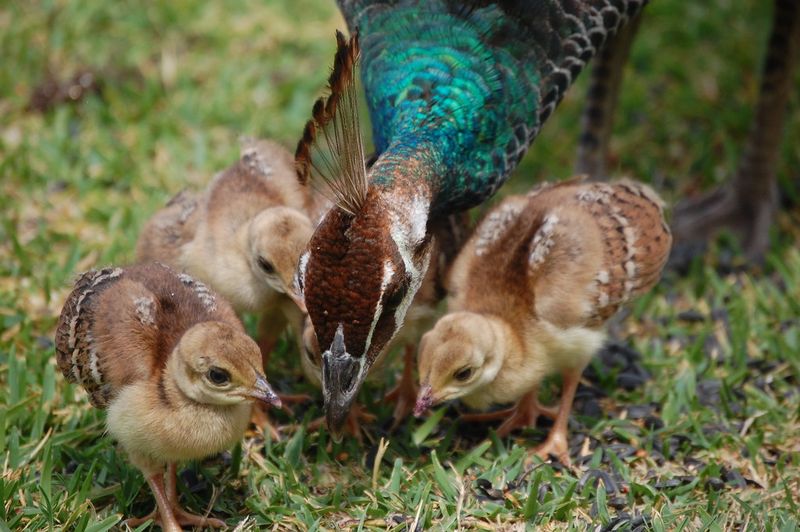
The peacock, a bird synonymous with beauty, hides a secret beneath its flamboyant feathers. Though often associated with displaying their tails to attract mates, these extravagant plumes also serve as a canopy for their chicks.
When danger lurks, peacock chicks find refuge under their parent’s dazzling train. It’s a little hide-and-seek game in nature’s runway show.
Who would’ve thought such a spectacle could offer safety? The peacock proves that sometimes, fashion and function can go hand in hand. Its tail is more than just for show – it’s also for shelter.
12. Killdeer
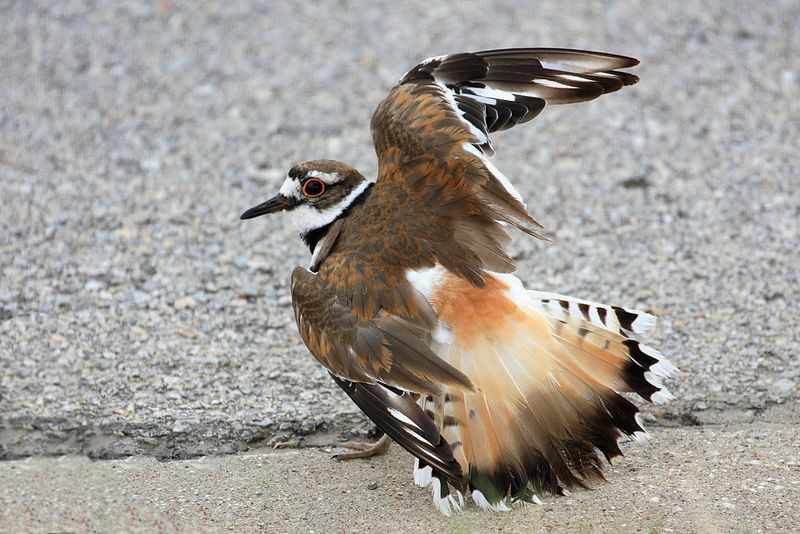
The Killdeer is nature’s master of deception. These birds are famous for their ‘broken-wing’ act, luring predators away from their vulnerable chicks by pretending to be injured.
It’s a clever ruse – while the intruder chases what appears to be an easy meal, the young are safely tucked away in the nest.
Isn’t it a dramatic performance worthy of an Oscar? The Killdeer shows us that sometimes, the best defense is a good act. It’s not just about fighting back; it’s about outsmarting the foe.
13. American Coot
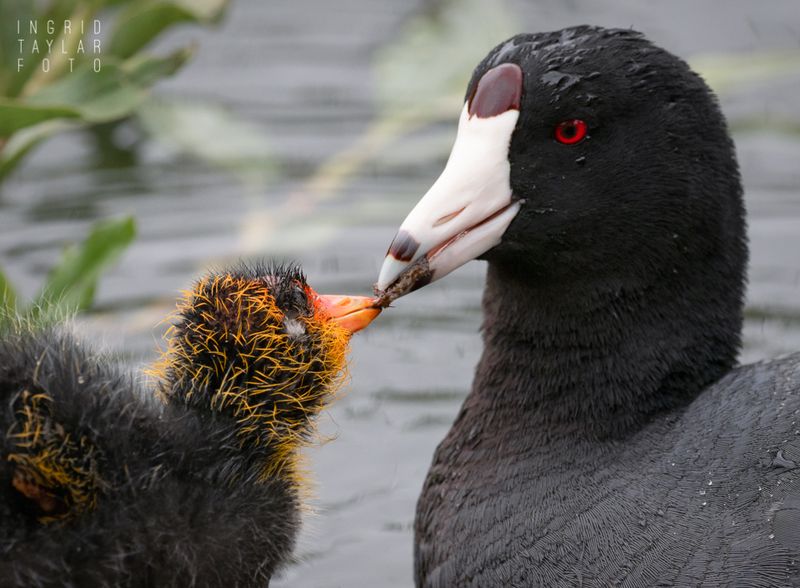
The American Coot may not be the flashiest bird on the pond, but it sure knows how to care for its young. These waterfowl are often seen feeding their chicks directly from their beaks.
It’s an intimate moment, ensuring that the little ones get the nourishment they need. By offering food this way, coots nurture a bond that keeps the family close-knit.
It’s like a dinner date in the wild! Who knew sharing a meal could be such a strong act of love? The American Coot reminds us that simple gestures mean the most.
14. Wood Duck

Wood Ducks are full of surprises, especially when it comes to their nesting habits.
These ducks opt for tree cavities, high above the ground. Once hatched, the ducklings face a thrilling leap of faith – jumping from their nest to the forest floor.
Don’t worry, they’re built for it! The brave plunge is a rite of passage, as they join their mom on the ground.
Who would’ve thought ducks could be such daredevils? The Wood Duck shows us that sometimes, the first step is the most exciting!

